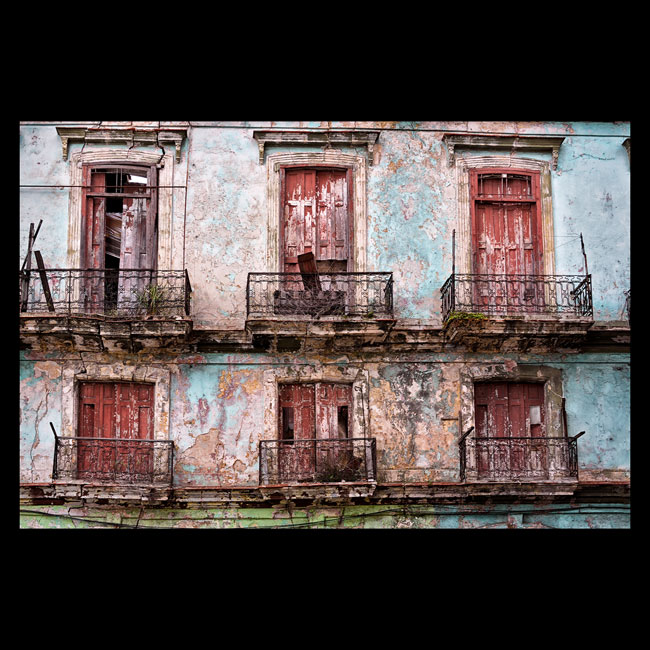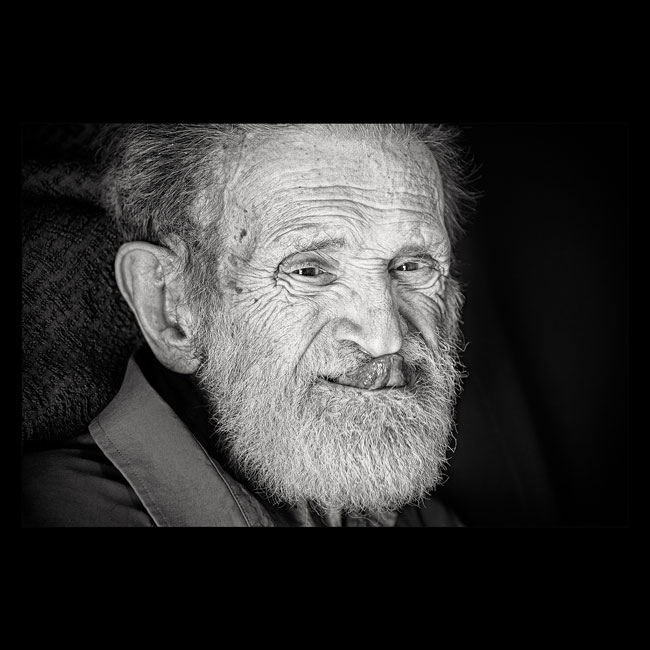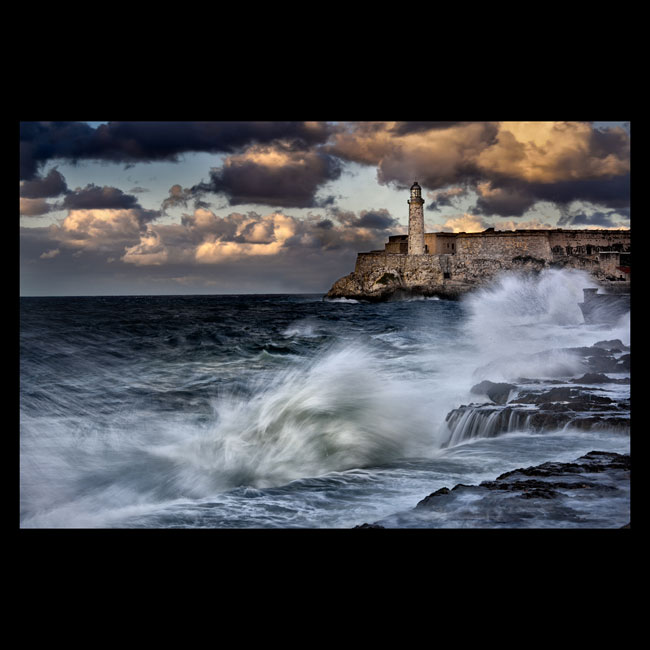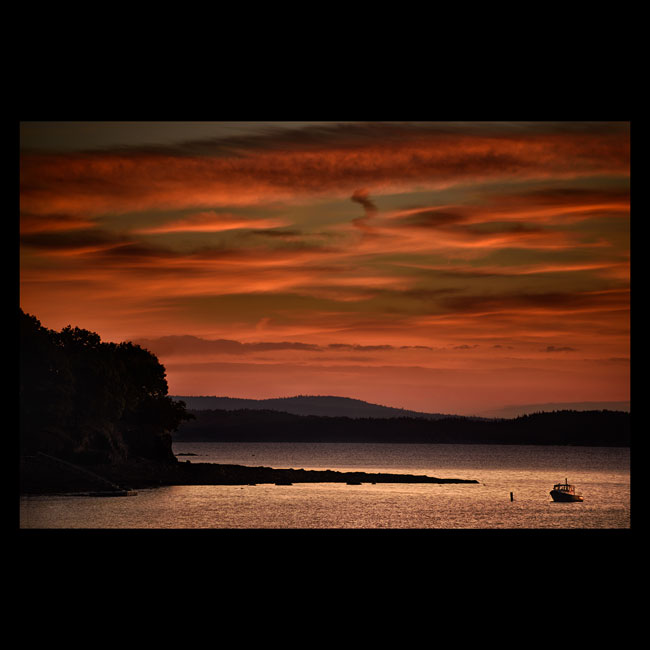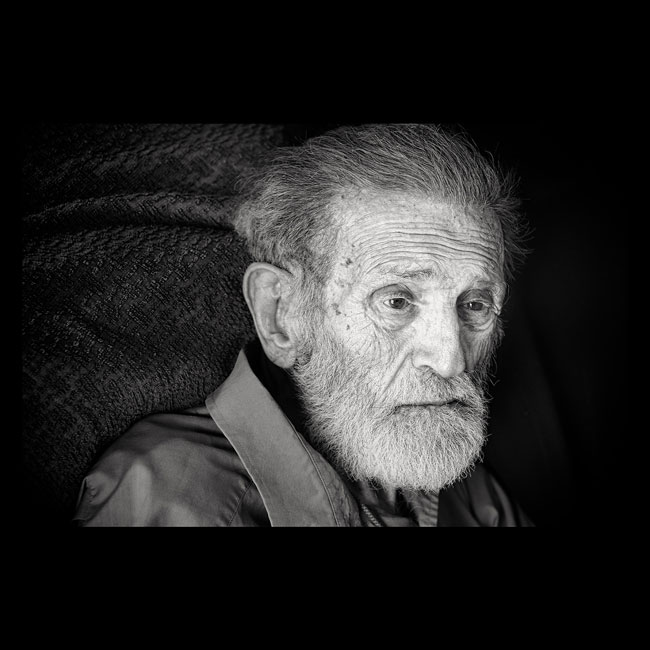My Go-To NIKKOR Lens
Why I favor the AF-S NIKKOR 28-300mm f/3.5-5.6G ED VR
We have art in order not to die of the truth. —Friedrich Nietzsche
Every artist has an instrument. An instrument through which every artist channels his or her creativity—be it the musician and the physical instrument, to the more metaphorical instance with painters who use canvas and brush, or dancers who channel their creative voice through the use of their bodies. For a photographer it is camera and lens. The lens is the brush, the camera sensor is the canvas, the file is the sheet music, and the final image is the symphony.
If I had to pick the one element that has most defined the signature look of my photographs, it is the lenses that I use. I own more lenses than a small camera store. Of all the things I get asked, the single most-asked question is not why I chose to shoot something the way I did, but what camera, lens and f/stop did I use? The answer is this: my go-to camera is a Nikon D750 (replacing the Nikon D610, which replaced the D600, which replaced the D3X) and my go-to lens is the AF-S NIKKOR 28-300mm f/3.5-5.6G ED VR.
That’s my reply, to the question asked, but it is not really a helpful answer. The more precise question is why I have come to rely on one lens over all the others. Each lens has its own qualities which make it unique. I favor the 28-300mm for the way it bends light differently than other lenses. It is the right choice for me based on my needs for the image at that moment. Every decision about an image—all the way to the final print—must be made at the moment the image takes you and when you click the shutter.
When I am not in the studio I bring into the field four camera bodies and nine lenses; I choose the 28-300mm most of the time for one reason: it's the street sweeper lens. I can go from wide—28mm is about the base angle of view for human vision—to 300mm, the extended distance, which is generally close enough to count the pores in someone's skin, yet be out of proximity range of awareness. This is the distance when you can "feel" someone looking at you.
Over the course of four camera system upgrades I have kept one lens as my “primary” lens of choice. What caused this determination is a perfect storm of events. First, it was the development of a 24MP sensor in a 35mm camera body, the Nikon D3X. 24MP is the magic number; it provides enough resolution to make a fine art quality 44”x36” print. Second, it was the development of a 24MP sensor that yields virtually noiseless image files at high ISO rates. Starting with the Nikon D600, then the Nikon D610, and now the D750, I have come to trust shooting with the Auto ISO setting turned on. I have superb, very low noise-level images that have been captured at very high ISO. This high image quality is the result of the company’s continuous improvements to the sensor, plus the EXPEED 4 image processor, plus NIKKOR dedication to incredible quality glass.
As I mentioned earlier, I am a big believer in the concept that the lens is the brush and the camera sensor is the canvas. This is why I travel with so many different lenses when I go into the field. Even though I travel with all these lenses, I still tend to reach for the 28-300mm. If, or when, I need a one-lens solution, the 28-300mm is what I select. It’s right for the times when I have no idea if I am going to need a wide angle or a telephoto—which is just about every time I am in the field.
The reason for this choice has to do with the importance of something called bokeh (pronounced bō-kay), which is the way a lens handles what is in the frame from in-focus to blur. This, in my opinion, is the most important consideration when picking a lens. All lenses focus, that is what they do, but it is how each lens handles the blur ramp from in focus to blur that matters more. A photograph is more about objects not in focus than in focus; that is just the plain physics of lenses. For me, more than anything, in addition to being tack sharp at the point of focus the 28-300mm has magnificent bokeh. Combine this bokeh capability with the improvement in low light sensitivity of the sensors used in the D4S, D750 and D610, and you have outstanding imagery. The sensors of these cameras afford me the opportunity to capture the prettiest light, extremely low light at an aperture and shutter speed that can freeze the moment. Which means I am no longer reliant on a “fast” lens (f/1.4, f/2.0 or f/2.8) in low light situations. I can and do choose to use these types of lenses for their bokeh, but I’m no longer dependent on them when there is little to almost no light.
On my past three shoots in Burma, past three in Cuba, most recent two in India, and just about every shoot in between, I have relied on the 28-300mm as my primary lens. In the past five years I have shot more images with the 28-300mm lens than with any of the other lenses that I own.
I am only as good as the moments that take me, and that happen in front of my lens. My final images are only as good as the quality of the lens and camera system that I use to capture those moments. The images I create are the currency of my career. I have chosen to bend the light the most in the past five years using the 28-300mm. Camera bodies come and go, but glass is forever.
I've created an online album of some photographs created over the past five years using the 28-300mm. View some of them here: http://tinyurl.com/28-300mm-Versace.

